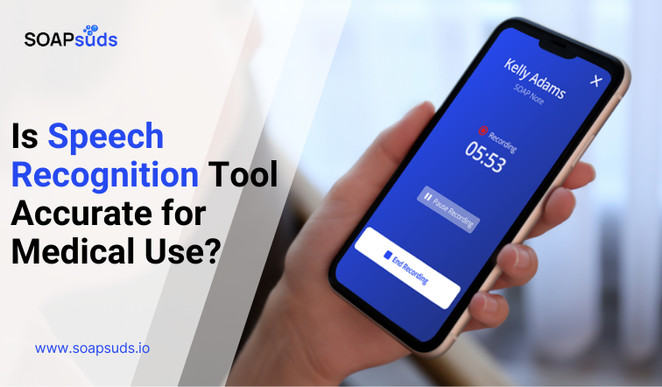Pros and Cons of In-Person Medical Scribes in Practice
SOAPsuds team
Published: 1/28/2025
SOAPsuds team
Published: 1/28/2025

If your clinical work is being delayed because of long documentation hours, then using medical...

A landmark study by the journal of science in 2019, Science reported that an algorithm...

AI Medical Scribes, like SOAPsuds, are changing how healthcare providers handle patient data by accurately...

In today’s healthcare scene, automation driven by AI Medical Scribes, such as document automation...

The integration of AI Medical Scribes in healthcare is proving to be a crucial...

As technology develops, the healthcare industry continually searches for ways to improve the precision...
Clinical Notes
SOAP notes
DAP notes
AI medical notes